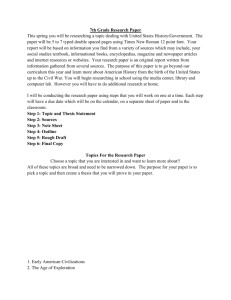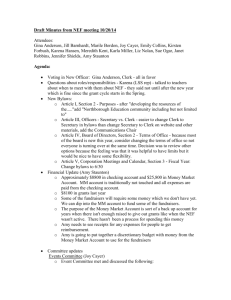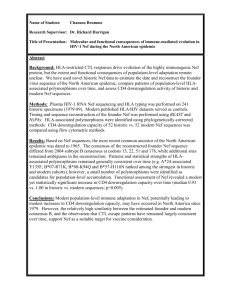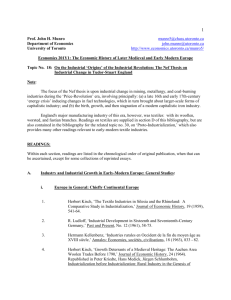MS Word. - Department of Economics
advertisement
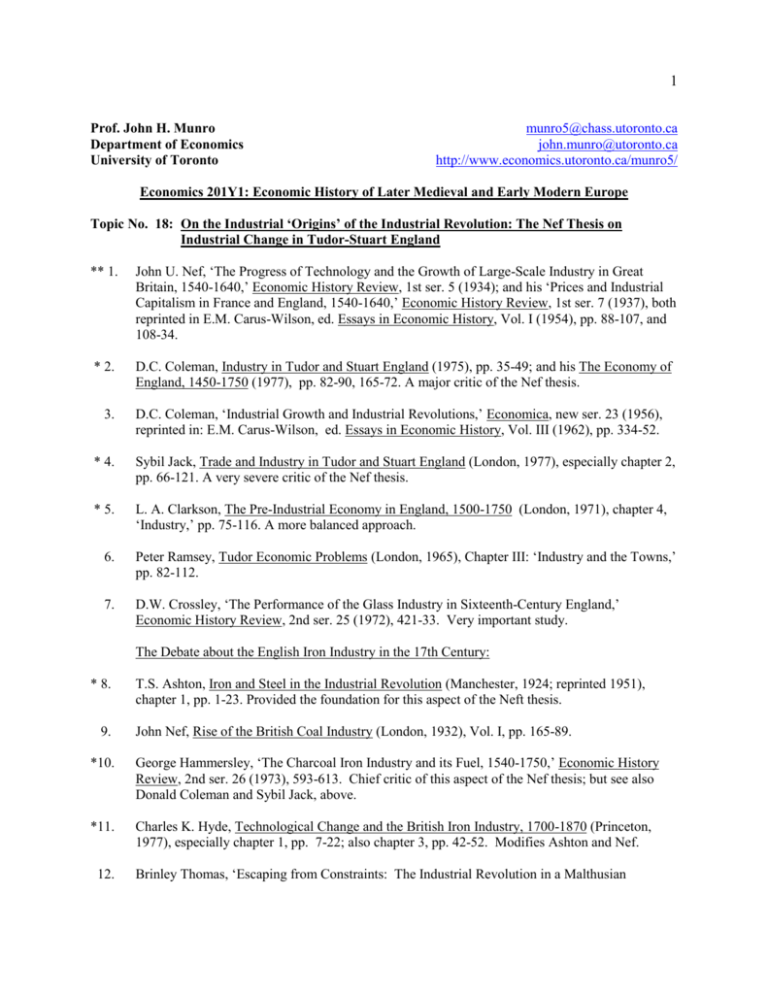
1 Prof. John H. Munro Department of Economics University of Toronto munro5@chass.utoronto.ca john.munro@utoronto.ca http://www.economics.utoronto.ca/munro5/ Economics 201Y1: Economic History of Later Medieval and Early Modern Europe Topic No. 18: On the Industrial ‘Origins’ of the Industrial Revolution: The Nef Thesis on Industrial Change in Tudor-Stuart England ** 1. John U. Nef, ‘The Progress of Technology and the Growth of Large-Scale Industry in Great Britain, 1540-1640,’ Economic History Review, 1st ser. 5 (1934); and his ‘Prices and Industrial Capitalism in France and England, 1540-1640,’ Economic History Review, 1st ser. 7 (1937), both reprinted in E.M. Carus-Wilson, ed. Essays in Economic History, Vol. I (1954), pp. 88-107, and 108-34. * 2. D.C. Coleman, Industry in Tudor and Stuart England (1975), pp. 35-49; and his The Economy of England, 1450-1750 (1977), pp. 82-90, 165-72. A major critic of the Nef thesis. 3. D.C. Coleman, ‘Industrial Growth and Industrial Revolutions,’ Economica, new ser. 23 (1956), reprinted in: E.M. Carus-Wilson, ed. Essays in Economic History, Vol. III (1962), pp. 334-52. * 4. Sybil Jack, Trade and Industry in Tudor and Stuart England (London, 1977), especially chapter 2, pp. 66-121. A very severe critic of the Nef thesis. * 5. L. A. Clarkson, The Pre-Industrial Economy in England, 1500-1750 (London, 1971), chapter 4, ‘Industry,’ pp. 75-116. A more balanced approach. 6. Peter Ramsey, Tudor Economic Problems (London, 1965), Chapter III: ‘Industry and the Towns,’ pp. 82-112. 7. D.W. Crossley, ‘The Performance of the Glass Industry in Sixteenth-Century England,’ Economic History Review, 2nd ser. 25 (1972), 421-33. Very important study. The Debate about the English Iron Industry in the 17th Century: * 8. 9. T.S. Ashton, Iron and Steel in the Industrial Revolution (Manchester, 1924; reprinted 1951), chapter 1, pp. 1-23. Provided the foundation for this aspect of the Neft thesis. John Nef, Rise of the British Coal Industry (London, 1932), Vol. I, pp. 165-89. *10. George Hammersley, ‘The Charcoal Iron Industry and its Fuel, 1540-1750,’ Economic History Review, 2nd ser. 26 (1973), 593-613. Chief critic of this aspect of the Nef thesis; but see also Donald Coleman and Sybil Jack, above. *11. Charles K. Hyde, Technological Change and the British Iron Industry, 1700-1870 (Princeton, 1977), especially chapter 1, pp. 7-22; also chapter 3, pp. 42-52. Modifies Ashton and Nef. 12. Brinley Thomas, ‘Escaping from Constraints: The Industrial Revolution in a Malthusian 2 Context,’ The Journal of Interdisciplinary History, 15 (Spring 1985), 729 - 54. *13. Brinley Thomas, ‘Was There an Energy Crisis in Great Britain in the 17th Century?’ Explorations in Economic History, 33 (April 1986), 124 - 52. Defends the Nef thesis. 14. J. R. Harris, The British Iron Industry, Studies in Economic and Social History series (London: Macmillan, 1988). QUESTIONS: 1. Explain and discuss the Nef thesis: what did he mean by an ‘industrial revolution’ in the TudorStuart era, during the ‘Price Revolution’ -- in particular the ‘progress towards larger-scale forms of industrial capitalism?’ To what extent did industrial changes alter the general economic structure of Tudor-Stuart England? Were they ‘revolutionary’? 2. Did Tudor-Stuart England suffer from an ‘energy crisis’? What impact did rising fuel costs have upon charcoal-burning and coal-burning industries: upon technology and industrial scale? 3. Explain the development of a ‘capitalistic’ iron industry in this era: in particular, the two-stage process involving the blast smelter. Did the English iron industry, after having experienced a century of rapid growth, suffer stagnation and/or decline in the later 17th and early 18th centuries? What was the subsequent Industrial Revolution in iron-making?

